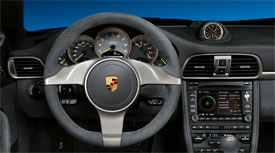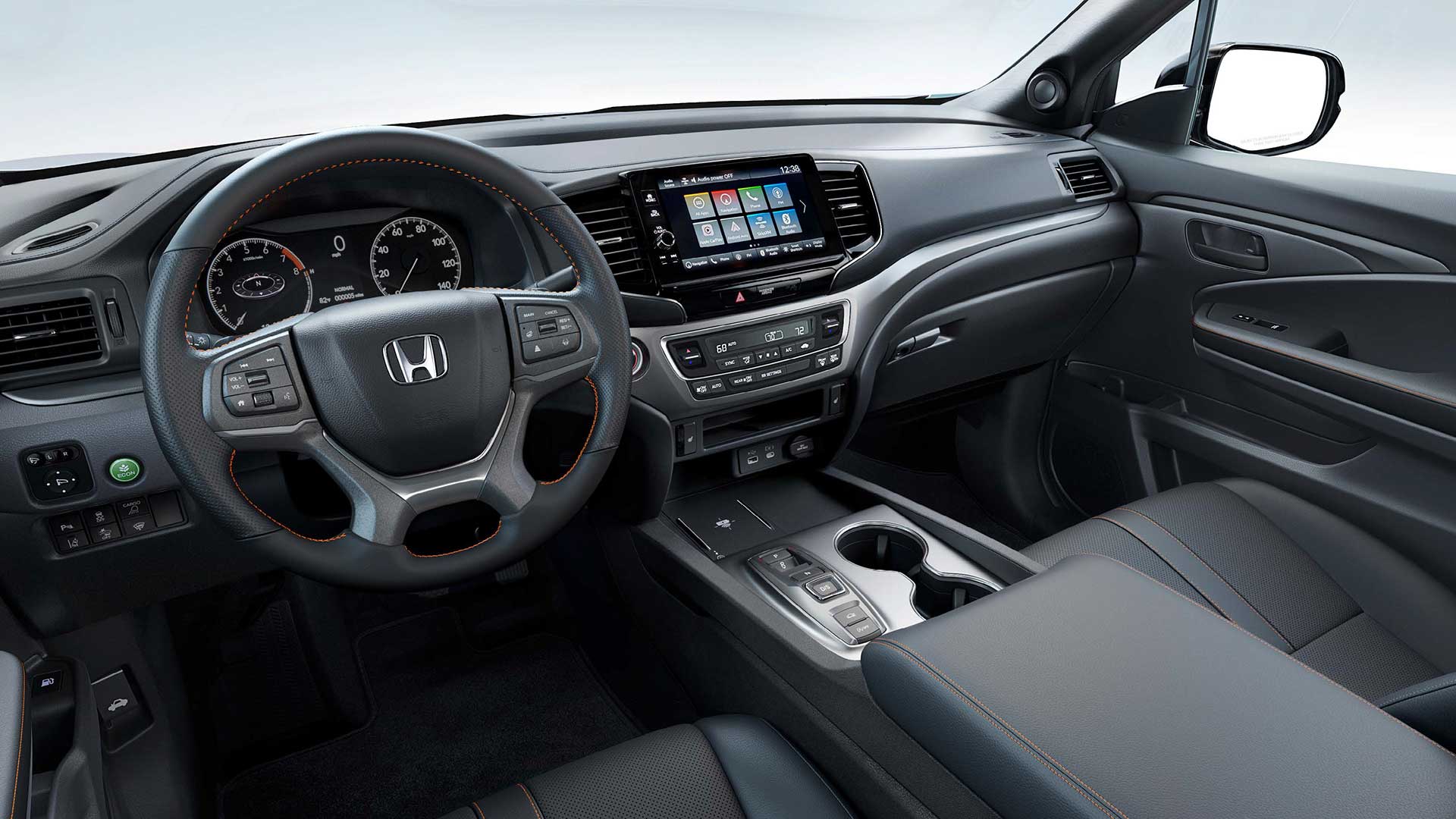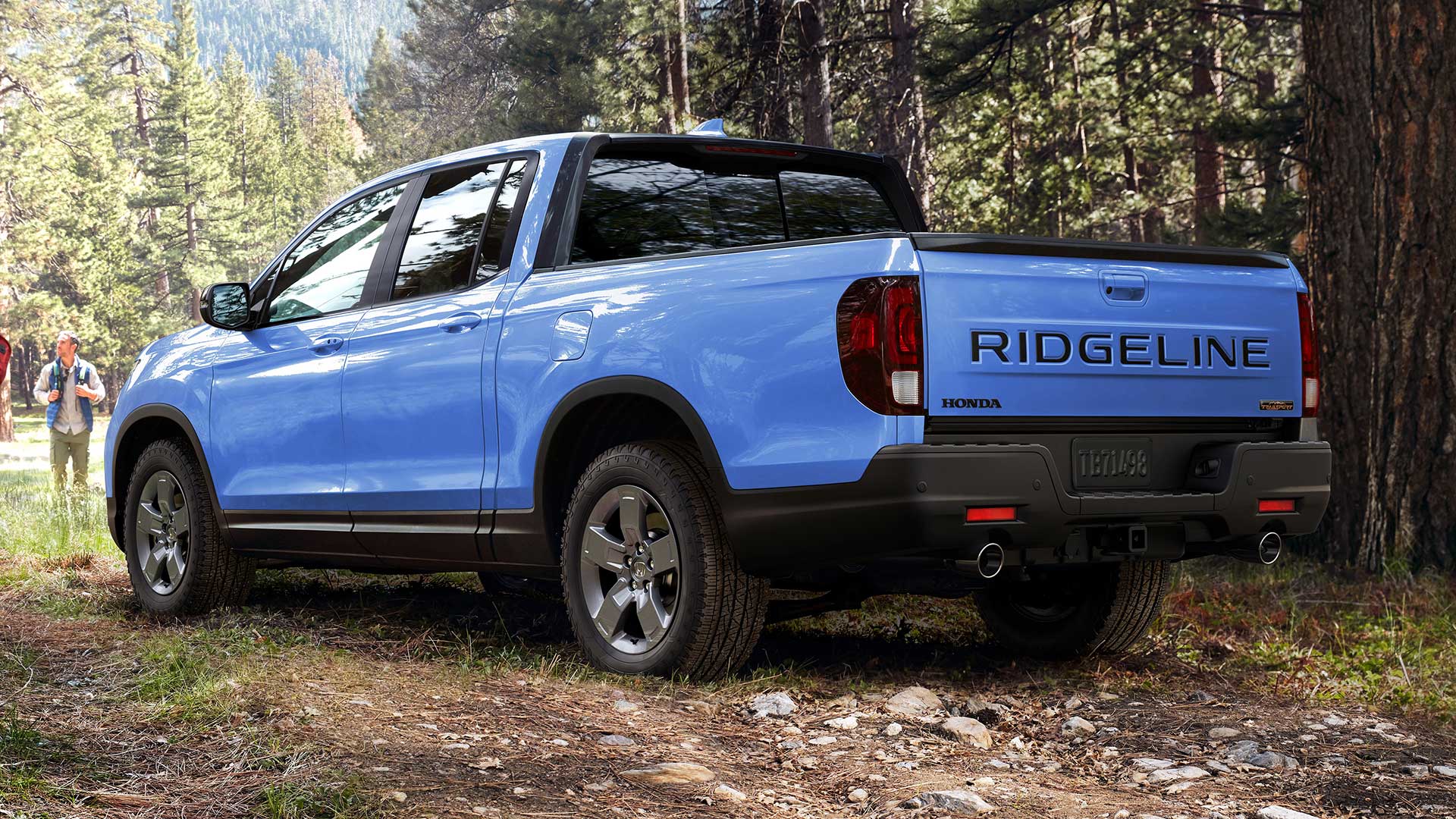2010 Porsche 911 GT3
Back in the late 90s, Porsche set out to make its 996 generation 911 sports car into a bonafide track machine. From that effort emerged the highly revered GT3. In 2006, the GT3 showed up on the latest 997 platform. We said that car delivered the purest razor’s-edge performance of any Porsche we’d driven. Now for 2010, Porsche’s 911 GT3 gets tweaked with more power and a number of corner carving enhancements, all of which make for a racing bloodline that runs stronger than ever.
The ‘wow’ factors of the 2010 Porsche 911 GT3 arrive on all fronts: power, dynamics, and visual cues. As the entire 911 family has just undergone a notable set of revisions, the GT3 got more than its fair share. And since this car is, after all, the road-going variant to Porsche’s GT3 Cup car, bringing it to our winter testing venue, Georgia’s Roebling Road raceway, was a no-brainer.
The new GT3 starts with an expanded 3.8-liter normally aspirated flat-six, now with Variocam technology on both the intake and exhaust valves. Horsepower goes to 435, or 20 more than before, while torque bumps up from 300 to 317. Redline also edges up to a robust 8500.
On its way to a top speed of 194 miles per hour, the rear-engine, rear drive GT3 rockets from 0-to-60 in a faster-than-fast 4.1 seconds. We clocked the quarter mile in 12.2 seconds at 118 miles per hour.
 With a six-speed manual feeding a limited slip differential, this car just hooks up and goes. Power build is strong and the throttle pedal is extremely responsive. Adding to the exhilaration is an exhaust note that is mean and aggressive, at least for a Porsche. Gears are tightly-spaced and the shifter feels machine-precise… one of the best we've ever experienced.
With a six-speed manual feeding a limited slip differential, this car just hooks up and goes. Power build is strong and the throttle pedal is extremely responsive. Adding to the exhilaration is an exhaust note that is mean and aggressive, at least for a Porsche. Gears are tightly-spaced and the shifter feels machine-precise… one of the best we've ever experienced.
As for hitting the turns, the new GT3 exhibits more agility and race track prowess than ever. Porsche Active Suspension Management – with Normal and Sport modes – comes armed with stiffer springs and anti-roll bars. Our car also featured optional Dynamic Engine Mounts, which magnetically tighten up in high-speed driving to form a more solid connection between engine and chassis. The result is a more rigid track car.
There's also newly standard Porsche Stability Management, which replicates the suspension mapping of the venerable GT2. This PSM has the ability to deactivate Stability Control and Traction control separately in individual steps, giving the driver unrestricted control.
Aerodynamics improvements include a doubling of downforce with a redesigned front-end with larger vents, and a new, wider, more steeply tilted rear wing. For even greater stability, the GT3's body height has been lowered by about 30 millimeters. But an optional front axle lifting system allows the front-end to be raised for steep driveways. Lighter 19-inch center-lock wheels wear fat and grippy 235/35s up front, and 305/30s in the rear.
The GT3 is clearly focused on one mission: to deliver outstanding lap times. It is super tight in corners and explosive on every exit, with less twitchiness than we found in the 2007 GT3. Feedback is instantaneous. And even after close to a hundred and fifty laps, our test car never complained, skipped a beat, or even showed signs of wear.
That goes for brakes, too, which have been upgraded over the previous model. Discs are now larger, better ventilated, with an aluminum hub to reduce weight. Stops averaged 121 feet from 60 to zero. For even greater stopping power, buyers can opt for the GT3's very pricey ceramic brakes. Off the track, however, we found the GT3 to be a little too skittish and rigid. Streetability is not—and has never been—this car's strong suit.
 The GT3's new design is equal parts functional and striking. We mentioned the modified front air intakes and the revamped rear wing, which by the way, is marked on either side with a 3.8 to denote the car's new power unit.
The GT3's new design is equal parts functional and striking. We mentioned the modified front air intakes and the revamped rear wing, which by the way, is marked on either side with a 3.8 to denote the car's new power unit.
The new GT3 also wears standard bi-xenon headlights with optional Dynamic Cornering, new LED running, and taillight designs, and restyled bumpers. As before, the center-positioned exhaust pipes mimic those of the Cup Car.
Inside, the GT3 cockpit conforms with the upscale high-performance look of other 911s. As before, there is no back seat. This helps the GT3 retain its previous weight at a trim 3,076 pounds.
What's higher, though, is the base price—by about $8,000. The new GT3 starts at $114,450, which includes a $1,300 gas guzzler tax. We've said it before and we'll say it again… The Porsche 911 GT3 is, without a doubt, one of the track-savviest street legal cars anywhere. And now more than ever. For the purest form of Porsche performance, there is nothing else like it.
Specifications
- Engine: 3.8-Liter Normally Aspirated Flat-six
- Horsepower: 435
- Torque: 317 Lb Feet
- 0-60 MPH: 4.1 Seconds
- 1/4 Mile: 12.2 Seconds @ 118 MPH
- 60-0 MPH: 121 Feet
2024 Honda Ridgeline TrailSport
It Does Truck-Like Things Better Than Ever
Honda brought something truly unique to the pickup truck scene when their mid-size Ridgeline debuted for 2006. In 2017, it moved towards becoming a little more true truck-like, both in form and capability, now with yet another step in that direction for 2024. So, let’s see if the Ridgeline is really hitting its stride.
For 2024, it’s all about making this Honda Ridgeline better than ever. There are styling tweaks outside, along with tech and functional improvements inside, but the biggest news is the Ridgeline has now joined Honda’s TrailSport family of off-road inspired vehicles. This more-true-trucklike, second-gen Ridgeline been around since 2017, receiving periodic updates over the years; but joining the TrailSport family is the biggest leap yet.
Primarily, the TrailSport transformation includes General Grabber all-terrain tires, mounted on new Pewter Gray 18-inch wheels, steel underbody protection, and retuning the strut front, and multi-link rear suspension for added wheel articulation. And while we always appreciate the additional traction of off-road tires, the Ridgeline’s standard i-VTM4 all-wheel drive, with Intelligent Traction Management and snow, sand, and mud settings, was already quite capable of handling all but the most extreme off-roading, ground clearance of just 7.6 inches being it’s only real hinderance.
A 3.5-liter V6 remains under the hood as it has since the Ridgeline debuted for 2006; the current version outputs 280 horsepower and 262 lb-ft of torque, plenty enough muscle to handle its 5,000-lbs. towing capacity. A nine-speed automatic transmission with paddle shifters and bevy of push and pull buttons on the console replaced the six-speed automatic back in 2020.
In addition to adding TrailSport capability, a big focus for this update was making it more user-friendly inside, starting with the central touchscreen growing from 8 to 9 inches. It also gets faster processing speeds, menus have been simplified, and the native navigation system is improved with better graphics. It’s accompanied by a new digital instrument cluster, along with an upgraded center console with more storage space. Unique TrailSport touches include heavy duty floormats, leather-trimmed seats, orange stitching throughout the cabin, and orange ambient lighting.
The Ridgeline continues to offer things available nowhere else in the pickup truck market.
Exterior styling doesn’t exactly shout “macho big rig coming your way,” but the more vertical face and larger grille that arrived for 2021, along with this year’s added TrailSport elements, do continue to toughen up the Ridgeline’s image. The 5’4” bed remains highly functional with no large wheel well intrusions, multiple tie-downs points, lighting and even speakers. And of course, the Ridgeline continues to offer things available nowhere else in the pickup truck market, like the dual-action tailgate, and large, lockable, drainable, underbed storage. Not to mention being able to drive around in true car-like comfort, something we took full advantage of on our way to our Mason Dixon Dragway test track.
There was great grip off the line, with full power arriving smoothly but quickly, helping us to get to 60 in 7.0 seconds flat, a tenth quicker than the last Ridgeline we tested. That power delivery stayed fairly consistent the whole way down the track, barely interrupted by the nine-speed automatic’s smooth shifting. Our best quarter-mile run was 15.5 seconds at 90 mph.

The revised suspension and knobbier tires didn’t really seem to add or detract from handling prowess, as it felt as solid, nimble, and car-like as it always has through our cone course. Perhaps a little less stiff than before, but good feedback, tight steering, and minimal body roll for a pickup, made for a very confidence inspiring experience. In our braking test, we stopped in a respectable average of 123 feet from 60, with only moderate amounts of nosedive and good feel through the pedal.
There is, however, a slight reduction in Government Fuel Economy Ratings with the all-terrain tires; 18-City, 23-Highway, and 20-Combined, our average, right on, at 20.4 mpg of Regular. That’s a slightly below average Energy Impact Score of 14.9 barrels of yearly oil use, with CO2 emissions of 7.4 tons.
TrailSport pricing falls in line just under the Ridgeline’s top Black Edition trim with a starting price of $46,375, about five grand over a base Ridgeline Sport.
So, whether you consider the Honda Ridgeline to be a “real” truck or not, this ruggedly smooth 2024 TrailSport does truck-like things better than ever. And we’re not just talking about the slight upgrade in off-road performance, we’re talking about a flexible bed to help you get chores done, and the ability to tow or haul with comfort and flexibility other trucks can only wish for. It’s why the Ridgeline brings more first-time buyers to Honda than any other vehicle, and why it continues to be a great choice in the growing midsize truck realm.
Specifications
- Engine: 3.5-liter V6
- Transmission: 9-speed automatic
- Horsepower: 280
- Torque: 262 lb-ft
- EPA: 18 City | 23 Highway | 20 Combined
- 0-60 mph: 7.0 seconds
- 1/4 Mile: 15.5 seconds at 90 mph
- 60-0 Braking (avg): 123 feet
- MW Fuel Economy: 20.4 mpg (Regular)
- Max Towing Capacity: 5,000-lbs









